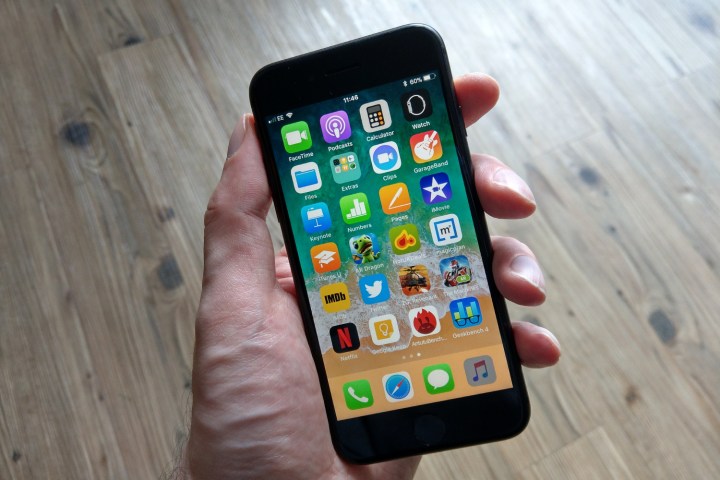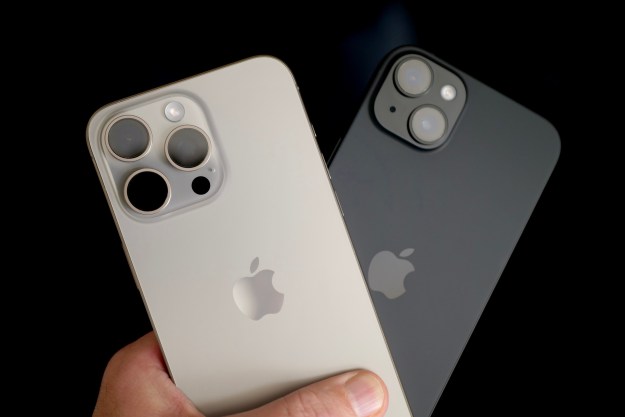
Australia’s federal court has ordered Apple to pay 9 million Australian dollars (roughly $6.6 million) for refusing to fix iPhones that had been bricked by the controversial “Error 53”.
A result of an update to iOS 9, Error 53 was widely feared by the iPhone community as it locked users out of their phones, turning the expensive device into little more than a stylish paperweight. The error only affected those who took their iPhones to a third-party repair store to fix a broken home button, and Apple has long claimed that the error was intended as a security measure, to stop Touch ID being bypassed or exploited by third parties.
Unfortunately, since third-party repair stores are not always privy to Apple’s specific repair instructions, any tampering with the Home button — even to repair it — would lead to Error 53 being triggered, and the iPhone getting locked. When a number of consumers took their locked iPhones to Apple for repair, they were told that their devices were no longer eligible for a refund or replace, as the device had been repaired by a third party. Unfortunately for Apple, that flies in the face of Australian consumer laws.
“If a product is faulty, customers are legally entitled to a repair or a replacement under the Australian Consumer Law, and sometimes even a refund,” said Australian Competition and Consumer Commission (ACCC) Commissioner Sarah Court. “The Court declared the mere fact that an iPhone or iPad had been repaired by someone other than Apple did not, and could not, result in the consumer guarantees ceasing to apply, or the consumer’s right to a remedy being extinguished.”
The fine came about as a result of a legal battle and investigation by the ACCC that began in April 2017. As part of the investigation, the ACCC contacted multiple Apple retailers within Australia, and were allegedly told that iPhones with the error would not be replaced. Apple eventually admitted that it had misled Australian consumers on the matter.
Apple has always resisted the use of third-party repair shops to fix its products, preferring that consumers come back to its certified repair shops for (expensive) fixes. However, as the smartphone industry matures, it has faced increasing pressure to open the books to its marvelous wonders, and many U.S. states are experimenting with right-to-repair bills similar to Australia’s, that would force technology giants to permit third-party repairs through easy access of instructions and parts.
Editors' Recommendations
- There’s something Apple isn’t telling you about the new iPad Pro
- A big iPhone update is right around the corner
- Apple updated two of its biggest iPad apps, and they look amazing
- I found an amazing new way to use my iPhone 15 Pro Max
- How to watch Apple’s big iPad event on May 7


